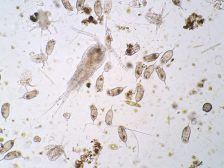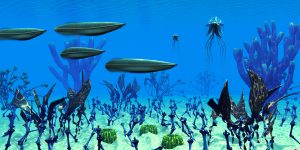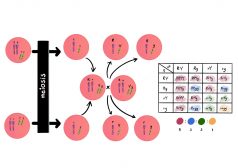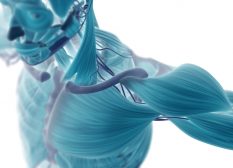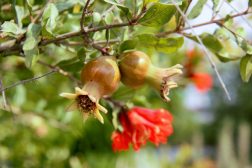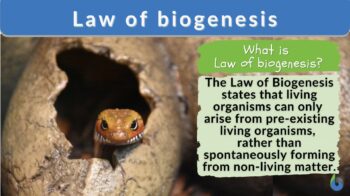
Law of biogenesis
n., plural:
/lɔ əv ˌbaɪoʊˈdʒɛnəsɪs/
Definition: “Life begets life.”
Table of Contents
Law Of Biogenesis Definition
Law of Biogenesis states that life arises from pre-existing life, not from nonliving matter. It means that a nonliving thing would not have the capacity to engender a living thing. Only another life can do that. The complex, organized structures and processes in living organisms cannot spontaneously arise or develop through chemical reactions or physical means alone. They require a pre-existing living system as the source of new life.
Many scientists previously believed that organisms, such as mice, could emerge from rotting or dirty rags in a process referred to as “spontaneous generation“. This used to be the prevalent notion for centuries. With the emergence of the solid works of Francesco Redi, Louis Pasteur, and others that established the cornerstones of biogenesis, people eventually rejected spontaneous generation and accepted the biogenesis context of life.
Etymology: The term “biogenesis” is derived from the Greek words “bios” (life) and “genesis” (origin), reflecting its meaning as the origin or generation of life.
Synonym: principle of biogenesis; biogenetic law
Compare: abiogenesis
“Biology: Spontaneous Generation vs Biogenesis” (by Science With Johnston)
Historical Highlights
Francesco Redi (1626–1697) was one of the first persons to refute the notion of spontaneous generation. He proved in his jar experiments that maggots would never emerge from rotting meat but from the eggs of the parent flies. Many from the scientific community were not entirely convinced because the lack of air in covered jars was thought of as the reason that maggots could not emerge.
Louis Pasteur (1822-1895) laid the groundbreaking swan-neck flask experiments that refuted spontaneous generation. By sterilizing the flasks containing the broth, the curved necks of the flask prevented the entry (and thus, the growth) of microorganisms while allowing air to enter. Pasteur demonstrated that no microbial growth occurred in the broth, even when exposed to the air, indicating that a living matter did not spontaneously arise from the air or from any nonliving inorganic matter.
Cell Theory And Biogenesis
In modern biology, the Law of Biogenesis is closely intertwined with the entire Cell Theory, which believes that all living creatures are composed of cells and that cells can only arise from pre-existing cells. This scientific fact aligns perfectly with the scientific law of biogenesis as it underscores the necessity of pre-existing life for the generation of new life forms and the role of reproduction and genetic processes as the means through which life continues, evolves, and diversifies.
Biogenesis Vs. The Modern Context Of Abiogenesis
The Biogenesis law states unequivocally that life creates life and life can only come from a pre-existing life or other living things and not from a non life. This is closely linked to the theory of evolution, however, it does not explicitly address the question of the Origin of Life or how life began. Rather, it focuses on the continuation and propagation of life once it has emerged. The very primitive life on Earth was not as structurally complex as modern life is, thus, the contemporary context of Abiogenesis could explain how such a transition from a prebiotic world characterized by non-living molecules and chemical reactions to a biotic world where living organisms of increasingly complex molecules abound could have occurred billion years ago.
Human beings arise from the diploid zygote — a cell that forms from the union of haploid sex cells, i.e., the egg cell and the sperm cell.
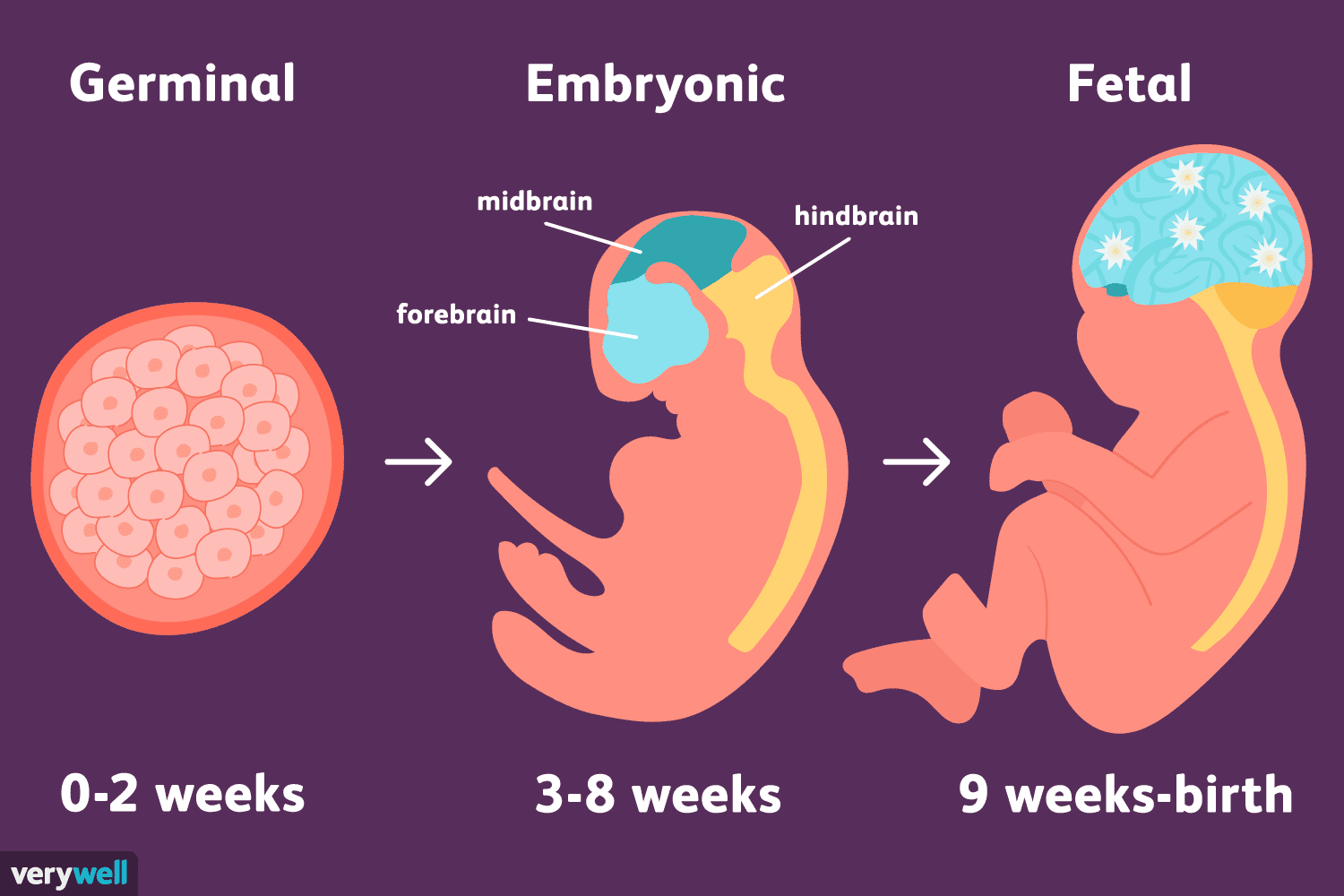
References
- Miller, K.R., Levine, J. (2020). Biology. McGraw-Hill Education.
- Alberts, B., Johnson, A., Lewis, J., Raff, M., Roberts, K., Walter, P. (2017). Molecular Biology of the Cell. Garland Science.
- Pasteur, L. (1864). Mémoire sur les corpuscules organisés qui existent dans l’atmosphère. Annales de chimie et de physique, 3rd series, 51, 3–62. (Classic reference)
- Redi, F. (1668). Esperienze intorno alla generazione degl’insetti fatte da Francesco Redi. Francesco Onofri, Firenze. (Classic reference)
©BiologyOnline.com. Content provided and moderated by Biology Online Editors.

